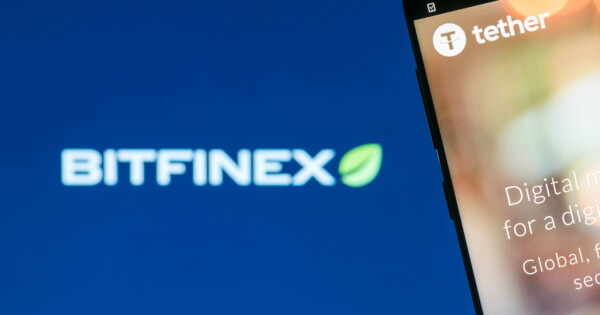
Ethereum co-founder Vitalik Buterin says node centralization is one of Ethereum’s main challenges, but the perfect solution may not come for another 20 years.
The centralization of nodes is one of the biggest problems facing the Ethereum network and should be addressed by making the running of nodes cheaper and easier, according to Ethereum co-founder Vitalik Buterin.
Currently, the majority of the 5,901 active Ethereum nodes are being run through centralized web providers like Amazon Web Services, which many experts claim leaves the Ethereum blockchain exposed to a centralized point of failure.

Speaking at Korea Blockchain Week, Buterin outlined six key problems that need addressing to solve centralization but highlighted that the node issue was a “big piece of the puzzle” to ensure the Ethereum network remains decentralized in the long run.
“One of those six things is making it technically easier for people to run nodes and statelessness is one of the really important technologies in doing that right,” he explained.
“Today, it takes hundreds of gigabytes of data to run a node. With stateless clients, you can run a node on basically zero.”
The concept of statelessness refers to removing the reliance on centralized service providers to verify activity on the network. According to the Ethereum Foundation, true decentralization is not possible until node operators can run Ethereum on modest and inexpensive hardware.
As Buterin noted, statelessness forms a key component of the Ethereum roadmap, with major steps towards statelessness being made in “The Verge” and “The Purge” stages:
“In the longer term there’s a plan to maintain fully verified Ethereum nodes where you could literally it on your phone.”
Updated roadmap diagram! pic.twitter.com/MT9BKgYcJH
— vitalik.eth (@VitalikButerin) November 4, 2022
Despite statelessness forming a core part of the Ethereum roadmap, Buterin admitted that these highly-technical concerns were unlikely to be addressed any time in the immediate future.
“These technical problems will have to be addressed eventually — maybe a 10-year timescale, maybe a 20-year timescale,” he said.
Related: Ethereum staking services agree to 22% limit of all validators
Outside of statelessness, Buterin said the next most significant moves toward decreasing Ethereum centralization included making documentation easier, lowering barriers to distributed staking, ensuring staking was more secure and more broadly, making it more convenient to stake Ether (ETH) in general.
Ultimately however, Buterin concluded that the most time-sensitive and pressing concern for Ethereum as whole was achieving higher levels of scalability.
At present, Ethereum scaling protocols dominate the use of zero-knowledge (ZK) rollups.
ZK-rollups have been lauded by many within the Ethereum community as a key tool to achieving scalability, as ZK-rollups work to improve throughput on the main Ethereum chain by moving computation and state storage off-chain.
Collect this article as an NFT to preserve this moment in history and show your support for independent journalism in the crypto space.
Magazine: Here’s how Ethereum’s ZK-rollups can become interoperable

You can get bonuses upto $100 FREE BONUS when you:
💰 Install these recommended apps:
💲 SocialGood - 100% Crypto Back on Everyday Shopping
💲 xPortal - The DeFi For The Next Billion
💲 CryptoTab Browser - Lightweight, fast, and ready to mine!
💰 Register on these recommended exchanges:
🟡 Binance🟡 Bitfinex🟡 Bitmart🟡 Bittrex🟡 Bitget
🟡 CoinEx🟡 Crypto.com🟡 Gate.io🟡 Huobi🟡 Kucoin.




















Comments